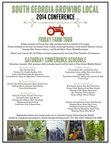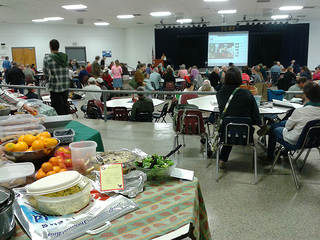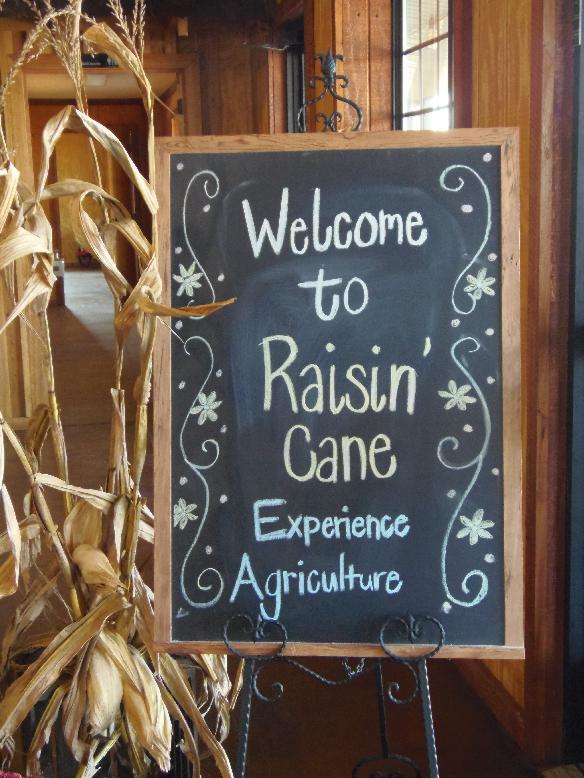Connie Hayes of Healthy Hollow Farms will speak at South Georgia Growing Local 2014,
How do we prove to customers that our products are free of genetically modified ingredients? while many homesteaders choose to be not certified or certified naturally grown, consumers are becoming more concerned with GMOs. We will offer practical tips for insuring consumers, as well as how to on certifications & non-GMO testing.

Here’s her conference bio:
Members of Coastal Organic Growers (COG), Connie & Jimmy Hayes own & operate Healthy Hollow Farms near Stilson, GA, which has been certified organic since 2007. They grow organic peanuts and raise Belted Galloway cattle. They are in the process of setting up an
on-farm processing facility for their peanuts. Connie serves on the board of Georgia Organics and has trained under Jeffery Smith with The Institute for Responsible Technology to speak on GMOs.
 Come to
SOGALO2014 and hear Connie about getting certified organic!
Come to
SOGALO2014 and hear Connie about getting certified organic!
-jsq










 facebook event
facebook event

